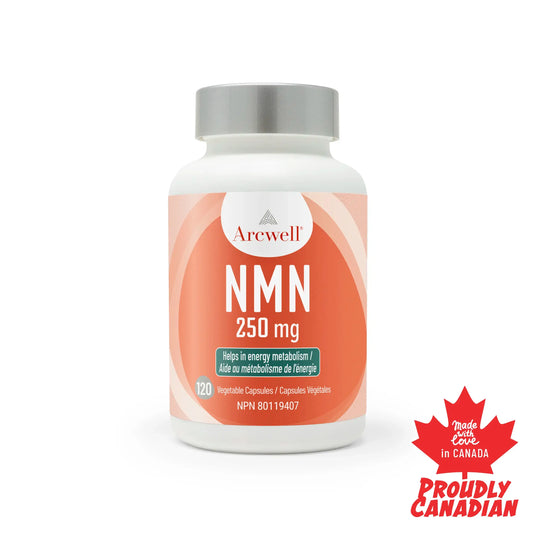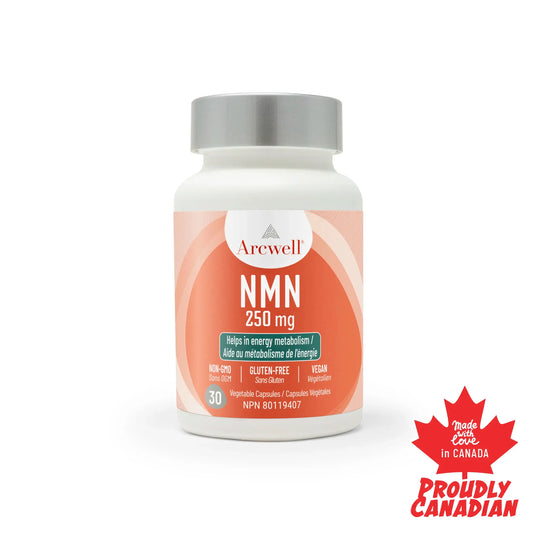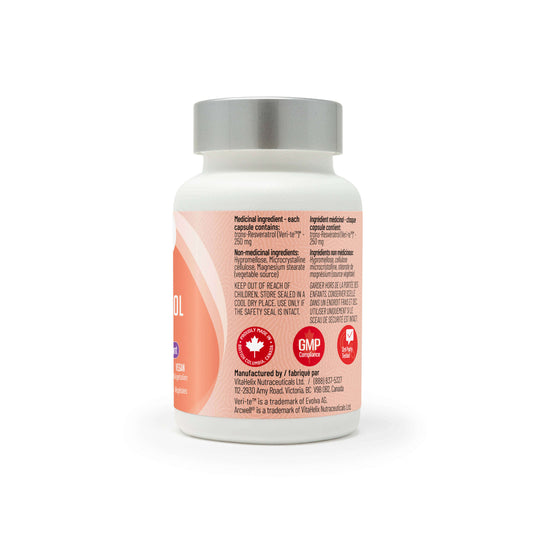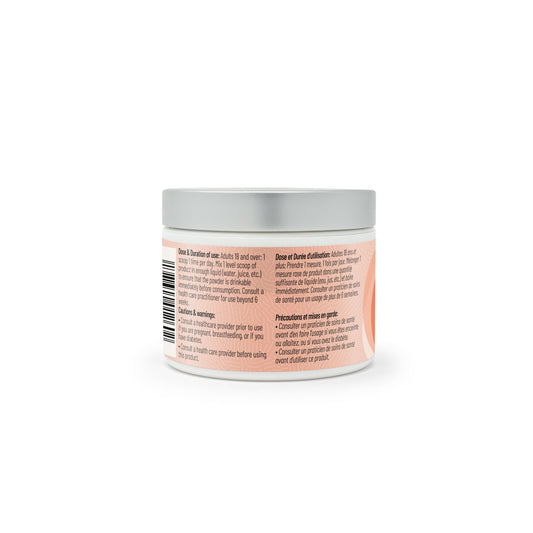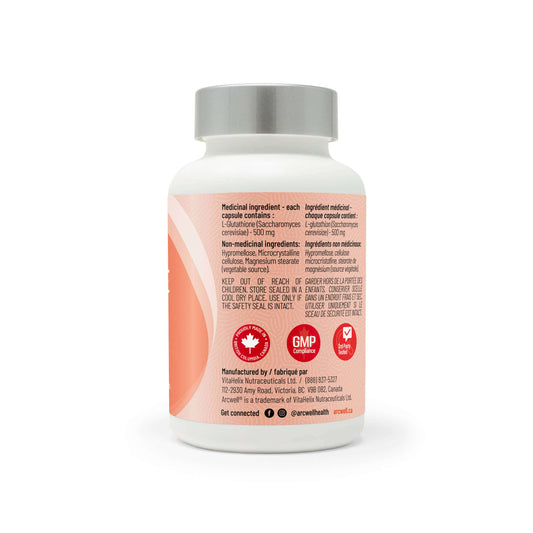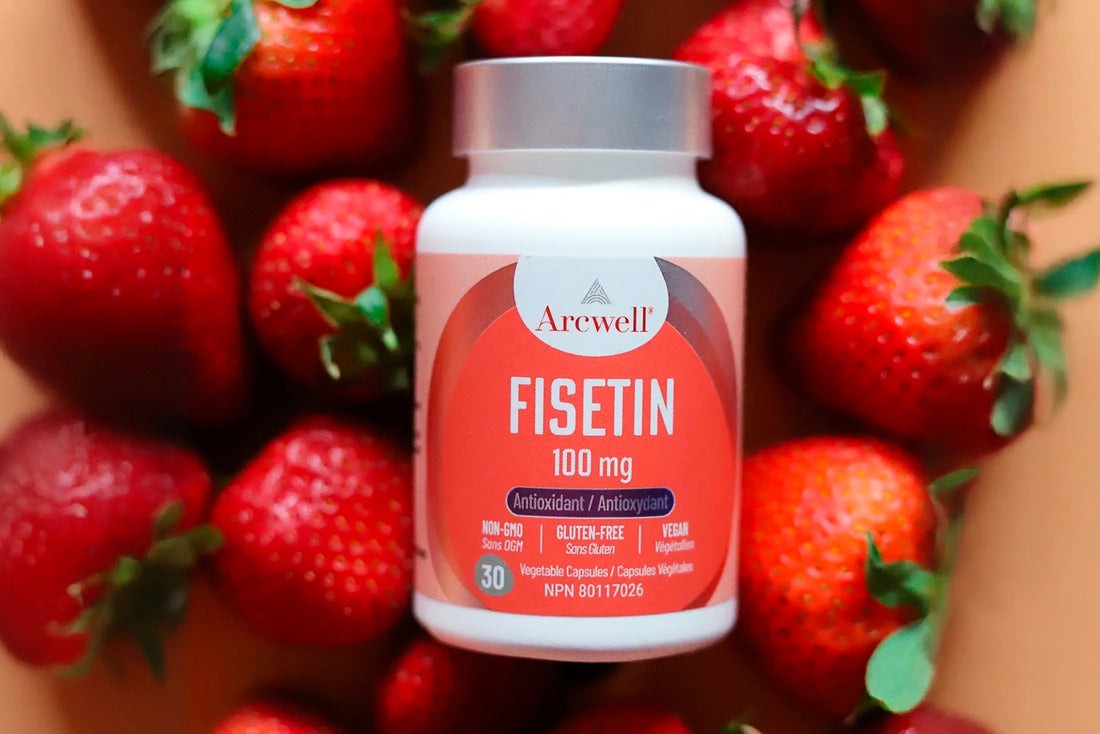
Understanding Zombie Cells: A Key to Healthy Aging
Share
What Are Senescent or “Zombie” Cells?
With age, cells can experience a state where they stop growing but refuse to die, continuing to produce and release inflammatory and tissue-degrading molecules. These cells are known as “Zombie Cells.”
In young, healthy adults, billions of cells in the bone marrow and intestine die every hour, but the rate of cell division to create new healthy cells matches the die-off rate. The immune system of younger adults efficiently deals with these zombie cells. However, as we age, these undead cells accumulate in the body.
How Cells Die
Cells can die in two ways. One is through acute injury, where cells burst and spill their contents across the body—a process called necrosis. The second method occurs when cells are no longer needed, triggering an intracellular death program. The cell shrinks, condenses, and its DNA fragments without damaging neighboring cells. This is known as apoptosis.
The Role of Telomeres in Cell Replication
During cell replication, sequences of DNA and protein protect the ends of chromosomes. These protective ends, known as telomeres, act like the plastic tips on shoelaces. Each replication shortens the telomeres until they are too short to continue, triggering cell apoptosis.
Zombie cells, also called senescent cells, resist apoptosis. Instead, they linger in the body, secreting pro-inflammatory toxins and tissue-degrading molecules. They may even promote tumor growth. In youth, the immune system efficiently eliminates these cells, but as we age, their accumulation becomes overwhelming, contributing to tissue damage and inflammation.
The Health Impact of Zombie Cells
A buildup of zombie cells is associated with numerous age-related diseases, including:
- Alzheimer’s disease
- Cancer
- Cardiovascular disease
- Glaucoma and cataracts
- Diabetes
- Kidney problems
- Osteoporosis
- Parkinson’s disease
The accumulation of these cells accelerates aging and promotes chronic conditions.
Exploring Solutions: Senolytics and Natural Remedies
Senolytics are a class of drugs recently studied for their ability to remove senescent cells. Natural substances also show promise. For example, Fisetin, a flavonoid found in strawberries, apples, onions, cucumbers, and vitamin B2, has been tested on mice and entered human clinical trials. Another example is Quercetin, the most abundant flavonoid found in green tea, coffee, grapes, broccoli, citrus fruits, and red wine. Early studies show optimism for these compounds in improving life expectancy and supporting healthy aging.

Arcwell: A Trusted Solution
Arcwell is the first Health Canada-approved Fisetin supplement with an effective dose backed by human clinical trials. It offers a natural approach to combating zombie cells and promoting healthy aging.
I look forward to testing Arcwell Fisetin for my own aches and pains!
Author Credit: This blog post is adapted from content provided by Nathalie McNeil, owner of Fountain Head Health Store and the Red Door Restaurant.




